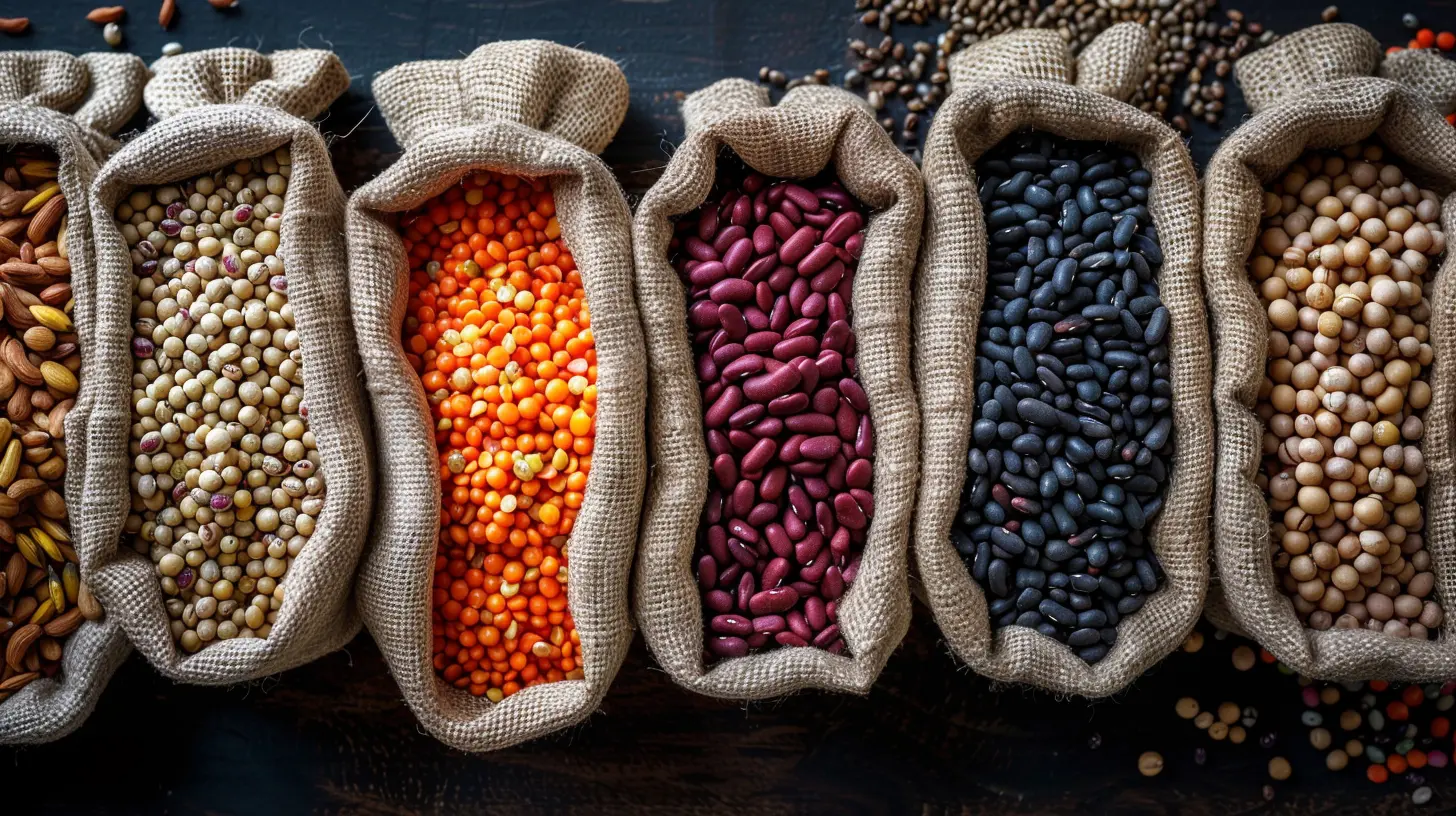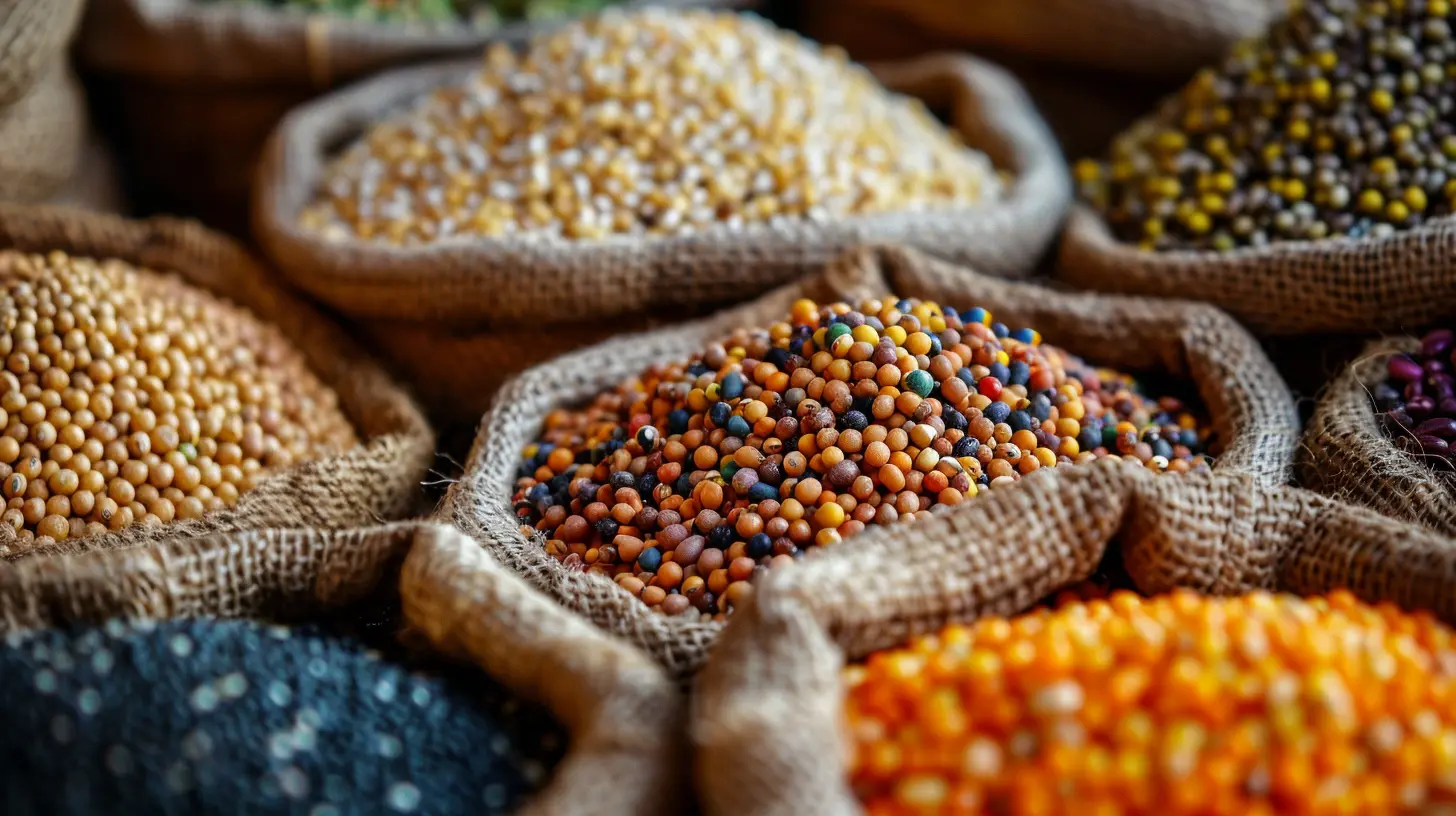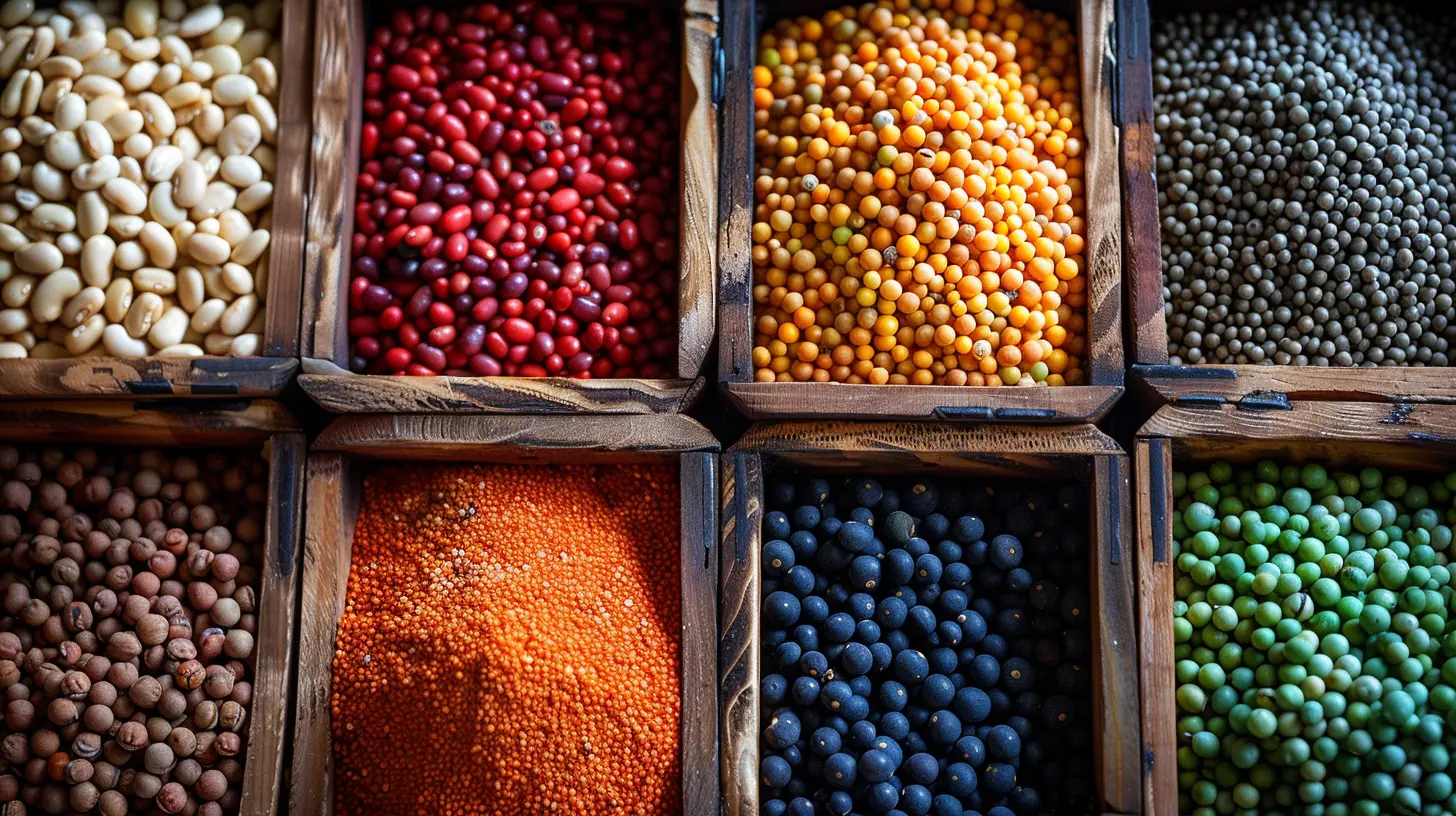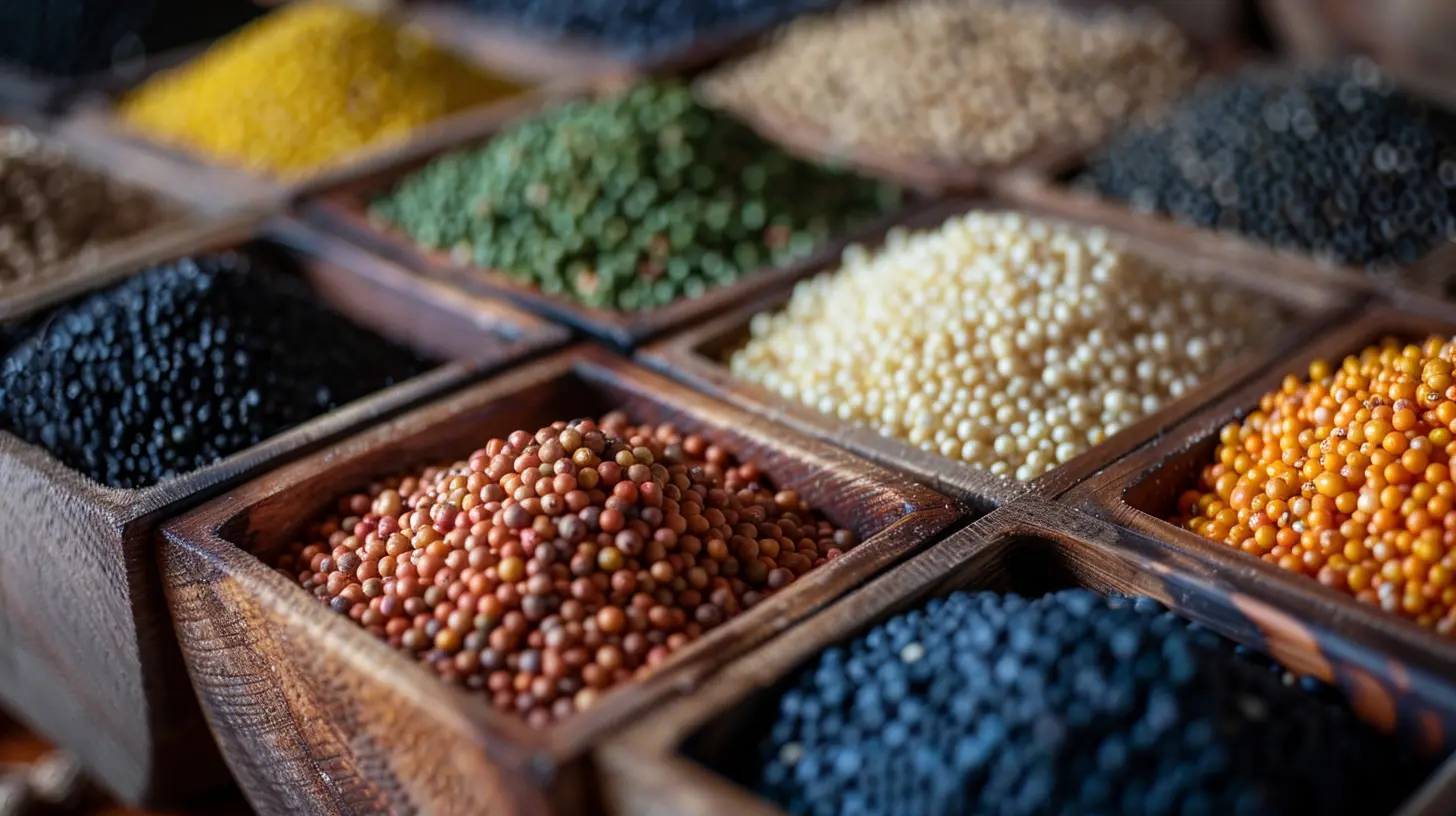Commodity Futures: A Unique Diversification Play for Seasoned Investors
10 August 2025
Investing is like building a well-balanced diet—you wouldn't want to eat only carbs or just proteins. The same applies to your portfolio. While stocks and bonds are the usual go-to choices, seasoned investors often seek ways to spice things up. One way to do that? Commodity futures.
Commodity futures offer a unique way to diversify, hedge against inflation, and capitalize on price swings in essential goods like oil, gold, and agricultural products. But what exactly are they? And why should seasoned investors consider them? Let’s break it down. 
What Are Commodity Futures?
Before we dive into the benefits, let's clarify what commodity futures actually are.A commodity future is a standardized contract between two parties to buy or sell a particular commodity at a specified price on a future date. These contracts are traded on exchanges like the Chicago Mercantile Exchange (CME) or the New York Mercantile Exchange (NYMEX).
The idea is simple: you’re locking in a price today for something that will be delivered (or settled in cash) down the road. Traders and investors use these contracts to either hedge against price fluctuations or speculate on future price movements. 
Why Seasoned Investors Should Consider Commodity Futures
So, why should seasoned investors—those who already have experience in the stock and bond markets—consider diving into commodity futures? Let’s go through the key reasons.1. Excellent Portfolio Diversification
Think of your portfolio like a team—you want players with different skills. Stocks and bonds often move together during economic cycles. Commodities, on the other hand, tend to have low correlation with traditional asset classes.For example, when inflation rises and stock markets struggle, commodities like gold and oil often perform well. This inverse relationship helps reduce overall portfolio risk and smooth out returns over time.
2. A Hedge Against Inflation
Inflation is a sneaky wealth destroyer. When the cost of goods rises, the purchasing power of your money weakens. But guess what? Commodity prices often rise right along with inflation.Take crude oil, for example. When inflation picks up, energy costs soar, which benefits investors holding crude oil futures. Similarly, gold futures are often seen as a safe haven during inflationary periods.
By having a portion of your portfolio in commodities, you create a natural hedge against those rising prices.
3. Potential for High Returns
Commodity futures trading offers a unique profit potential, especially during times of market volatility. Prices of commodities can swing dramatically due to supply-demand imbalances, geopolitical events, or even extreme weather conditions.For instance, a drought could send wheat prices soaring, or a geopolitical tension in the Middle East could push oil prices higher. Savvy investors who anticipate these moves can capitalize on significant price shifts.
4. Leveraged Trading for Increased Exposure
One major advantage of commodity futures is leverage. Unlike stocks where you pay full price, futures allow you to control a large contract with a fraction of the cost.For example, let’s say you want to trade gold. Instead of buying physical gold worth $100,000, you might only need to post $5,000 as margin to control the same value in futures contracts.
While this leverage enhances profit potential, it also increases risk. That’s why commodity futures are best suited for seasoned investors who understand the mechanics of margin and risk management. 
Challenges & Risks of Commodity Futures
Like any investment, commodity futures come with risks. Let’s go through the key challenges.1. High Volatility
Commodity prices can be highly unpredictable. Everything from global weather patterns to geopolitical tensions can send prices skyrocketing or crashing in a matter of days.For example, oil prices plummeted to negative territory in 2020 due to a demand shock from COVID-19. If you were holding a long position in oil futures at that time, you could have suffered significant losses.
2. Leverage Cuts Both Ways
Yes, leverage can amplify gains, but it can also wipe out an account quickly if prices move against you. Futures trading requires strict risk management—meaning stop losses, position sizing, and a solid strategy are essential.3. Complexity and Learning Curve
Commodity futures aren’t as straightforward as buying stocks. You need to understand contract specifications, expiry dates, rollovers, margin requirements, and more.For instance, contracts eventually expire, meaning you may have to roll them over into a new contract if you want to maintain exposure. If you’re not careful, you could end up with unwanted physical delivery of a commodity—imagine waking up to find a truckload of crude oil at your doorstep! 
How to Get Started with Commodity Futures
If you’re intrigued and want to dip your toes into the world of commodity futures, here’s how to get started.1. Choose a Reliable Broker
Not all brokers offer futures trading, so you’ll need one that specializes in commodities. Look for a broker that provides:- Competitive margin rates
- Advanced trading platforms
- Strong educational resources (especially for futures trading)
2. Understand the Market You Want to Trade
Different commodities behave differently.- Gold tends to act as a safe-haven asset.
- Crude Oil is influenced by geopolitics and production levels.
- Agricultural products (wheat, corn, soybeans) move with weather patterns and farming cycles.
Study historical price movements, supply-demand factors, and economic indicators before committing to any trade.
3. Start with Paper Trading
Before risking real money, start with a practice account (paper trading). Many brokers offer demo accounts that let you trade in a simulated environment. This helps you gain experience without financial risk.4. Manage Risk Like a Pro
- Use stop-loss orders to limit potential losses.- Never risk more than 1-2% of your trading capital on a single trade.
- Keep an eye on margin levels to avoid forced liquidations.
Commodity futures can be rewarding, but they require discipline and risk management to succeed.
Final Thoughts
Commodity futures aren't for beginners, but for seasoned investors looking for an edge in diversification, inflation protection, and profit potential, they offer a compelling opportunity.While they come with risks—volatility, leverage, and complexity—investors who take the time to understand the market and manage risk effectively can use them as a powerful tool within their portfolios.
If you’re an experienced investor seeking a unique diversification play, commodity futures might just be the ingredient your portfolio needs. Just be sure to do your homework, trade responsibly, and stay disciplined.
all images in this post were generated using AI tools
Category:
Portfolio DiversificationAuthor:

Harlan Wallace
Discussion
rate this article
1 comments
Emma McKnight
Futures: the secret weapon for savvy investors.
September 8, 2025 at 4:28 AM

Harlan Wallace
Absolutely! Futures can effectively enhance portfolio diversification and provide opportunities for savvy investors to manage risk and capitalize on market movements.


